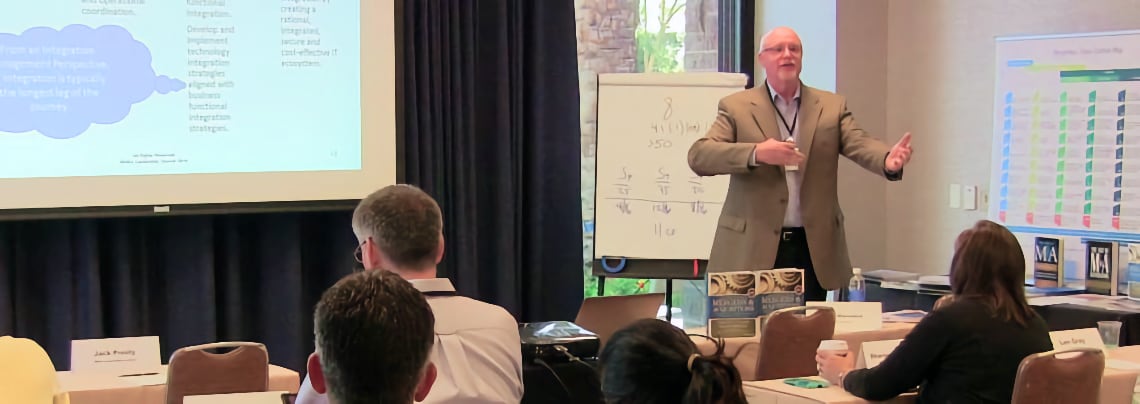Time to Move from Compliance to Risk Assessment
By Kristin Winford - Managing Director of Transformation and Growth for BDO, an M&A Leadership Council Partner
As the recent WannaCry and Petya cyber-attacks have demonstrated, cyber risk continues to pose a significant threat to organizations across the globe. Cybersecurity is a critical business function, yet, paradoxically, cyber risk is often insufficiently examined – or even overlooked – during the merger and acquisition (M&A) due diligence process. This often results in the acquiring company unwittingly assuming risk and placing assets in jeopardy.
